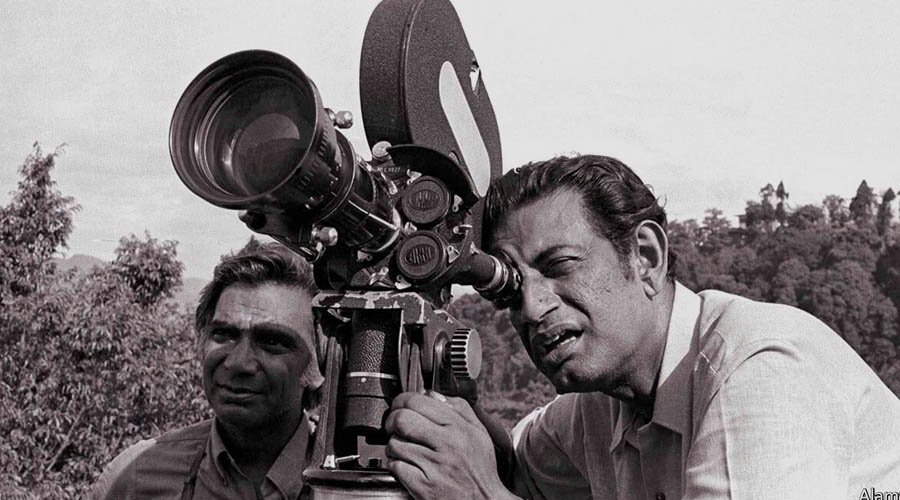Indian filmmaking is a vibrant tapestry of diverse cultures, languages, and genres, making it one of the most prolific and influential industries globally. Rooted in a rich heritage of storytelling traditions, Indian cinema encompasses Bollywood’s extravagant musicals, regional cinemas’ nuanced narratives, and parallel cinema’s art-house sensibilities. From the golden era of classics to contemporary blockbusters Indian filmmakers continually push boundaries, exploring themes ranging from social issues to mythological epics. With its blend of tradition and innovation, Indian filmmaking captivates audiences worldwide, offering a glimpse into the country’s multifaceted identity and leaving an indelible mark on global cinema.
The Anatomy of an Indian filmmaking Film: from Script to Screen
The anatomy of Indian filmmaking unfolds through a meticulous journey from script to screen, each stage crucial in shaping the final cinematic experience. It begins with the birth of an idea, which is then crafted into a screenplay, laying the foundation of the narrative. Here, writers delve deep into character development, plot intricacies, and thematic elements. Once the script is finalized, the pre-production phase commences, involving casting, scouting locations, and designing sets, costumes, and props.
Next comes production, where the script comes to life through the collaborative efforts of directors, cinematographers, actors, and crew members, capturing scenes on camera. Post-production follows, where editing, sound design, visual effects, and music are intricately woven together to enhance the storytelling. Finally, the film is ready for its debut on the silver screen, where audiences are transported into the world created by the collective vision and craftsmanship of the filmmakers. From inception to execution, the anatomy of a film embodies creativity, passion, and a relentless pursuit of storytelling excellence.
The Role of Filmmakers: Directors, Producers, Writers, and More
Filmmaking is a collaborative art form that relies on the expertise and creativity of various roles, each playing a crucial part in bringing a cinematic vision to life. Directors are the visionary leaders who shape the overall artistic direction of the film, guiding actors and crew to realize their vision on screen. Producers oversee the logistical and financial aspects, ensuring the project stays on budget and schedule. Writers craft the script, laying the foundation for the story and characters.
Beyond these key roles, the anatomy of filmmaking involves a multitude of other contributors, including cinematographers who capture the visual essence of the narrative, editors who assemble footage into a cohesive story, and production designers who create the film’s visual aesthetic. Additionally, actors breathe life into characters, while composers and sound designers add depth through music and sound effects.
Each member of the filmmaking team brings their unique skills and perspectives, contributing to the collaborative effort of creating a memorable cinematic experience for audiences around the world.
Uunique Characteristics of Indian Filmmaking: Music, Dance, and Spectacle
Indian filmmaking stands out for its vibrant incorporation of music, dance, and spectacle, distinguishing it from other cinematic traditions. Unlike Western counterparts, Indian films seamlessly integrate musical numbers and choreographed dances into narratives, serving as emotional catalysts and cultural expressions. These sequences, drawing from diverse styles like classical, folk, and contemporary dance, add an extra layer of entertainment and cultural richness.
Furthermore, Indian cinema is renowned for its extravagant spectacles, featuring lavish sets, elaborate costumes, and grandiose set pieces. Whether it’s epic battle scenes, romantic interludes, or celebratory moments, these visual extravaganzas captivate audiences, contributing to the global appeal of Indian filmmaking as a unique and immersive cinematic experience.







